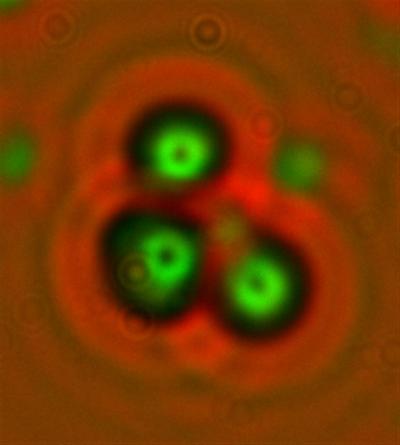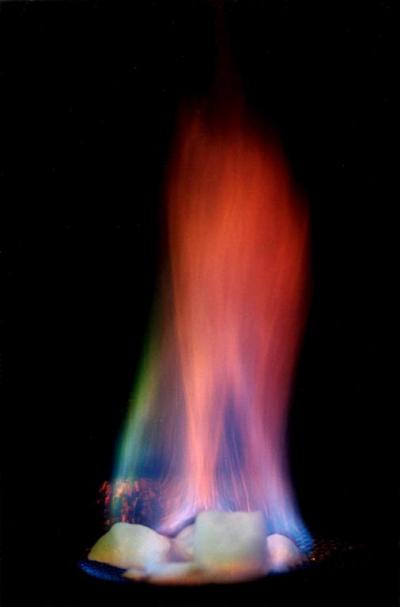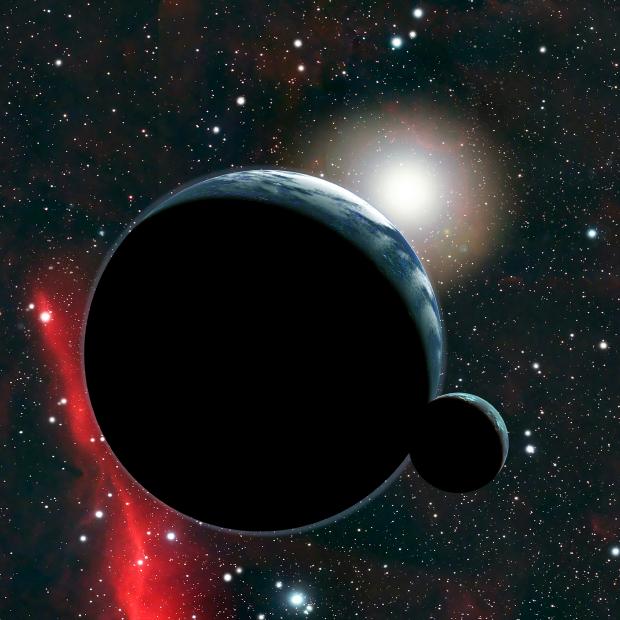Physicists at Michigan Technological University have filled in some longtime blank spaces on the periodic table, calculating electron affinities of the lanthanides, a series of 15 elements known as rare earths.
"Electron affinity" is the amount of energy required to detach an electron from an anion, or negative ion (an atom with an extra electron orbiting around its nucleus). Elements with low electron affinities (like iron) give up that extra electron easily. Elements with high electron affinities (like chlorine) do not.
"I remember learning about electron affinities in 10th grade chemistry," said Research Associate Steven O'Malley. "When I began working as a grad student in atomic physics, I was surprised to learn that many of them were still unknown."
Researchers at the ACS meeting in Salt Lake City say they have new evidence for the existence of low-energy nuclear reactions (LENR), the process once called "cold fusion."
One group describes what it terms the first clear visual evidence that LENR devices can produce neutrons, subatomic particles that scientists view as tell-tale signs that nuclear reactions are occurring.
In the future, natural gas derived from chunks of ice that workers collect from beneath the ocean floor and beneath the arctic permafrost may fuel cars, heat homes, and power factories. Government researchers are reporting that these so-called "gas hydrates," a frozen form of natural gas that bursts into flames at the touch of a match, show increasing promise as an abundant, untapped source of clean, sustainable energy.
Gas hydrates, known as "ice that burns," hold special promise for helping to combat global warming by leaving a smaller carbon dioxide footprint than other fossil fuels.
Insects such as honeybees and bumble bees are predictable in the way they move among flowers, typically moving directly from one flower to an adjacent cluster of flowers in the same row of plants. The bees' flight paths have a direct affect on their ability to hunt for pollen and generate "gene flow", fertilization and seed production that results when pollen moves from one plant to another. The study of gene flow has experienced more attention in part due to the recent introduction of genetically modified organisms (GMOs) into the environment.
The most abundant material on Earth exhibits some unusual chemical properties when placed under extreme conditions.
Lawrence Livermore National Laboratory scientists have shown that water, in hot dense environments, plays an unexpected role in catalyzing complex explosive reactions. A catalyst is a compound that speeds chemical reactions without being consumed. Platinum and enzymes are common catalysts. But water rarely, if ever, acts as a catalyst under ordinary conditions.
Detonations of high explosives made up of oxygen and hydrogen produce water at thousands of degrees Kelvin and up to 100,000 atmospheres of pressure, similar to conditions in the interiors of giant planets.
Does a twin Earth exist somewhere in our galaxy? NASA's
Kepler spacecraft just launched to find such worlds, though in a very specific area. If that search succeeds, the next questions driving research will be: Is that planet habitable? Does it have an Earth-like atmosphere?
 Study: Caloric Restriction In Humans And Aging
Study: Caloric Restriction In Humans And Aging Science Podcast Or Perish?
Science Podcast Or Perish? Type 2 Diabetes Medication Tirzepatide May Help Obese Type 1 Diabetics Also
Type 2 Diabetes Medication Tirzepatide May Help Obese Type 1 Diabetics Also Life May Be Found In Sea Spray Of Moons Orbiting Saturn Or Jupiter Next Year
Life May Be Found In Sea Spray Of Moons Orbiting Saturn Or Jupiter Next Year








